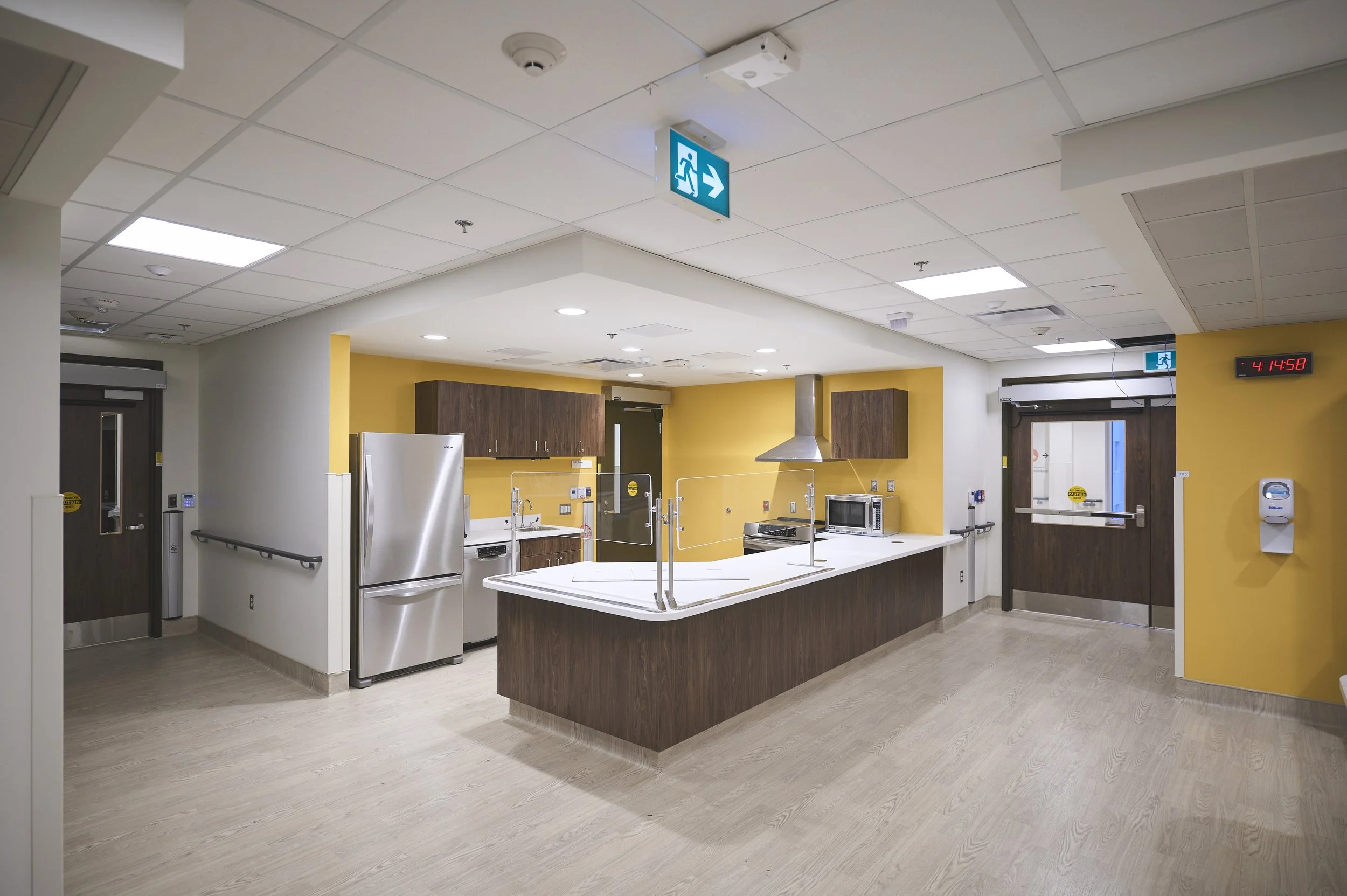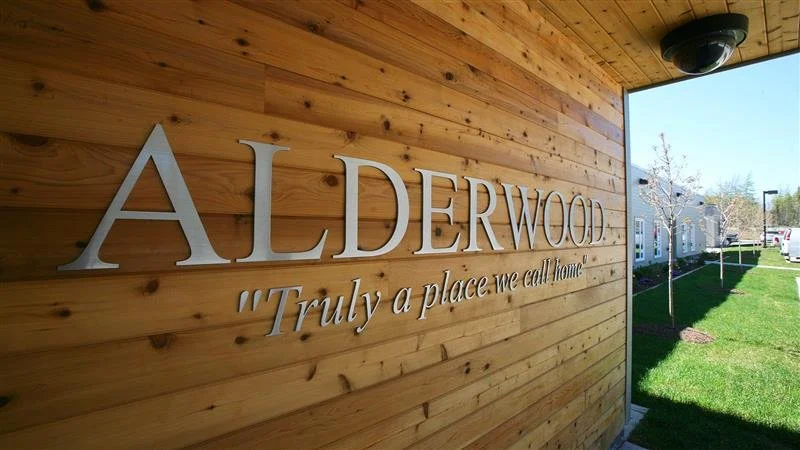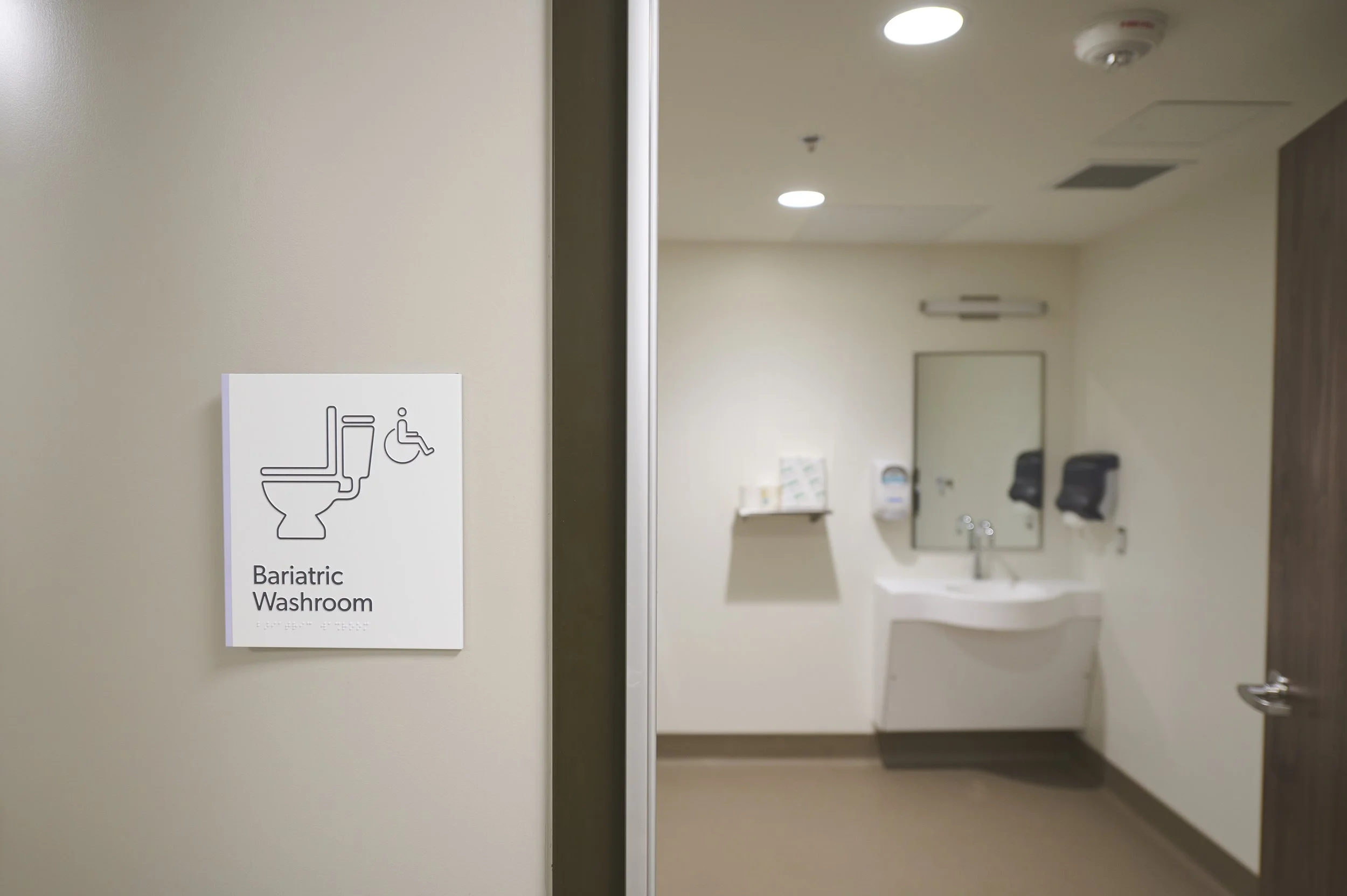LONG TERM CARE portfolio
“Our long-term care homes reflect a growing commitment to resident-centered living—spaces that feel like home, celebrate diversity, and nurture both ability and dignity. Here, residents are empowered to thrive, and caregivers are supported to reach their fullest potential.”
When we design long-term care homes to reflect the changing realities of aging, we contribute to a cultural shift that places the individual, not the institution, at the heart of care. Architecture49 is a key partner in delivering Nova Scotia’s vision for modern, sustainable long-term care. Working closely with the Department of Seniors and Long-Term Care, Architecture49 has led the design of new facilities that reflect the province’s updated standards—prioritizing small household models, energy efficiency, and resident-centered environments. From concept design to regulatory coordination, our work supports the creation of dignified, climate-resilient spaces that meet the evolving needs of aging communities across the province.
The Birches Long Term Care Home (Conceptual Rendering, subject to change)
Central Aspects of Holistic Health in Senior Long-Term Care
The Future of Care
We recognize that residents bring with them rich histories, evolving preferences, and a desire for autonomy, dignity, and connection. Design becomes a tool not just for function but for fulfillment, creating spaces that respond to sensory needs, evoke memory, and offer comfort in the familiar. As expectations shift from the 85-year-old veteran to the 60-year-old Baby Boomer, we must create environments that are flexible and affirming. These homes must support not only the physical and emotional well-being of residents but also the operational needs of caregivers and the sustainability goals of our communities. At its best, long-term care design is not only about buildings, it is about feeling connected with a sense belonging.
Reimagining aging through design
At Architecture49, our familiarity with current direction and our comprehension of long-term care design issues has resulted in improved home-like environments that allow a successful balance between functionality and person-centered care. We have become educated on growing trends for our care providers and continue to build on our strengths in pursuit of improved solutions for our local regions. The result of this work is beautiful, award-winning buildings demonstrating innovation and compassion that better serve our caregivers, residents, and communities.
Designing for Sensory Awareness and Emotional Connection
Our desires to live healthier, more affirmative lives can only be more significant for the individual who has a greater sensitivity to scents, drafts, or light, who is limited in mobility and appreciates a nice view, or who remembers when the new development on the outskirts of town was lush farmland or forest.
Evolving Expectations of Aging Adults
There is a recognition that the mature adult is changing. What suits an 85-year-old veteran may not appeal to a 60-year-old Baby Boomer—even when they are 85. New influences, attitudes, and ambitions must sway, and successful buildings must now allow for differing, flexible living environments.
Responding with Inclusive, Supportive Design
Growing trends in resident-centered design, aging-friendly design, and memory care have helped to create more diverse, supportive environments that respect independence, dignity, and choice—allowing our elderly residents to build upon remaining strengths and abilities.
Planning for Complexity and the Future
Today and as we look further to the future, we also need to address more complex building needs including innovative technologies, environmental sustainability, long-term maintenance, and operational efficiency.
Built for Dignity, Shaped by Evolving Design
BIOPHILIC DESIGN
Biophilic design integrates natural elements such as light, greenery, and organic materials to enhance well-being in long-term care. By strengthening residents’ connection to nature, it promotes calm, reduces stress, and supports both physical and emotional health.
LANDSCAPE DESIGN AND CONNECTION TO OUTDOORS
Outdoor environments are vital in long-term care, providing spaces for movement, social connection, and sensory engagement. Gardens and walking paths act as restorative extensions of the home, improving health, dignity, and community.
BALANCE OF FUNCTION AND PERSON - CENTRED CARE.
Successful long-term care design balances operational needs with compassionate, resident-focused environments. Early collaboration with care teams ensures spaces that foster autonomy, reduce stress, and support high-quality, person-centred care.
SIGNAGE AND WAYFINDING
Effective wayfinding promotes safety and independence for residents with cognitive or mobility challenges. Through thoughtful use of layout, color, and lighting, Architecture49 integrates intuitive cues that enhance confidence and a sense of belonging.





























